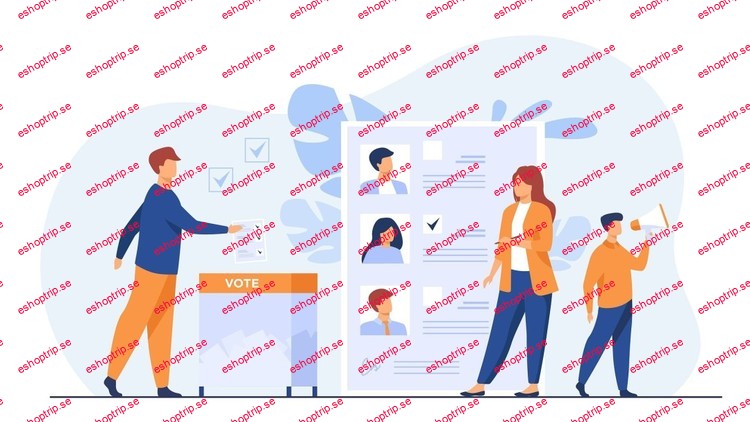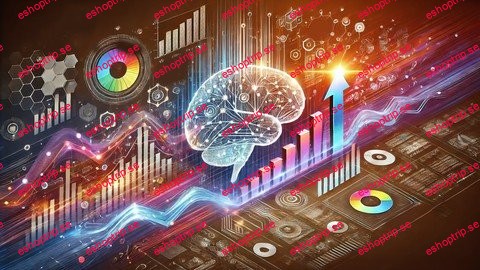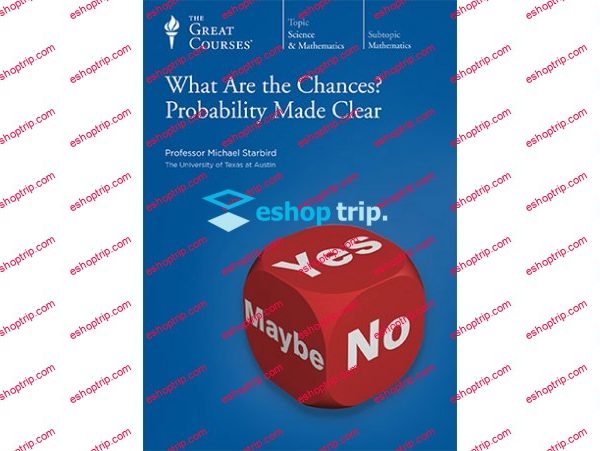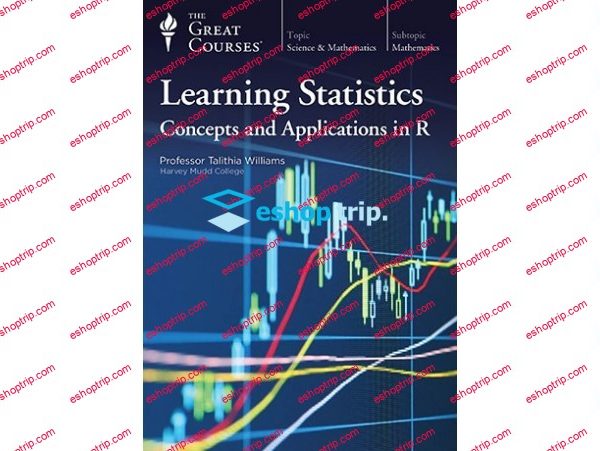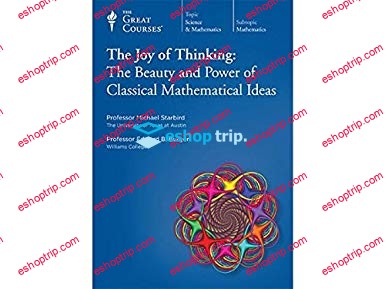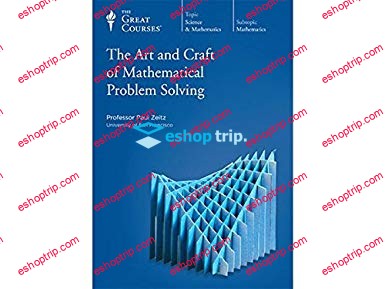Published 8/2024
Created by Akhil Vydyula
MP4 | Video: h264, 1280×720 | Audio: AAC, 44.1 KHz, 2 Ch
Genre: eLearning | Language: English | Duration: 16 Lectures ( 3h 2m ) | Size: 1.6 GB
Applied Statistics Real World Problem Solving
What you’ll learn:
Understand and differentiate data types in statistics: Gain a comprehensive understanding of various data types and their applications in business statistics.
Apply measures of central tendency and dispersion: Learn how to calculate and interpret mean, median, mode, standard deviation, and more.
Perform hypothesis testing and confidence intervals: Master the skills needed to conduct hypothesis tests and calculate confidence intervals using real-world da
Analyze relationships between variables: Develop the ability to use correlation coefficients, scatter plots, and advanced statistical techniques to identify and
Requirements:
Basic understanding of mathematics: A fundamental knowledge of mathematics is helpful but not mandatory.
Interest in data analysis: A keen interest in learning how to analyze and interpret data effectively.
No programming experience needed: You will learn everything you need to know about applied statistics without any prior programming experience.
Description:
Applied Statistics: Real World Problem Solving is a comprehensive course designed to equip you with the statistical tools and techniques needed to analyze real-world data and make informed decisions. Whether you’re a business analyst, data scientist, or simply looking to enhance your data analysis skills, this course will provide you with a solid foundation in applied statistics.Key Topics Covered:Introduction to Business Statistics: Understand the basics of data types and their relevance in business, along with the differences between quantitative and qualitative data.Measures of Central Tendency: Learn about mean, median, and mode, and their importance in summarizing data.Measures of Dispersion: Explore standard deviation, mean deviation, and quantile deviation to understand data variability.Distributions and the Central Limit Theorem: Dive into different types of distributions and grasp the central limit theorem’s significance.Sampling and Z-Scores: Understand the concepts of sampling from a uniform distribution and calculating Z-scores.Hypothesis Testing: Learn about p-values, hypothesis testing, t-tests, confidence intervals, and ANOVA.Correlation: Study the Pearson correlation coefficient and its advantages and challenges.Advanced Statistical Concepts: Differentiate between correlation and causation, and perform in-depth hypothesis testing.Data Cleaning and Preprocessing: Master techniques for cleaning and preprocessing data, along with plotting histograms and detecting outliers.Statistical Analysis and Visualization: Summarize data with summary statistics, visualize relationships between variables using pair plots, and handle high correlations using heat maps.What You’ll Gain:Practical Skills: Apply statistical techniques to real-world problems, making data-driven decisions in your professional field.Advanced Understanding: Develop a deep understanding of statistical concepts, from basic measures of central tendency to advanced hypothesis testing.Hands-On Experience: Engage in practical exercises and projects to solidify your knowledge and gain hands-on experience.Who This Course Is For:Business Analysts: Looking to enhance their data analysis skills.Data Scientists: Seeking to apply statistical techniques to solve complex problems.Students and Professionals: Interested in mastering applied statistics for career advancement.Prerequisites:Basic Understanding of Mathematics: No prior programming experience needed.Interest in Data Analysis: A keen interest in learning how to analyze and interpret data effectively.By the end of this course, you will be equipped with the skills and knowledge to tackle real-world data problems using applied statistics. Enroll now and take the first step towards becoming proficient in statistical analysis!
Who this course is for:
Business analysts: Professionals looking to enhance their data analysis skills for better decision-making.
Students and professionals: Those interested in mastering applied statistics for career advancement.
Researchers: Academics and researchers needing to apply statistical methods to their work for accurate results.
Data scientists: Individuals seeking to apply statistical techniques to solve complex problems.
Homepage
